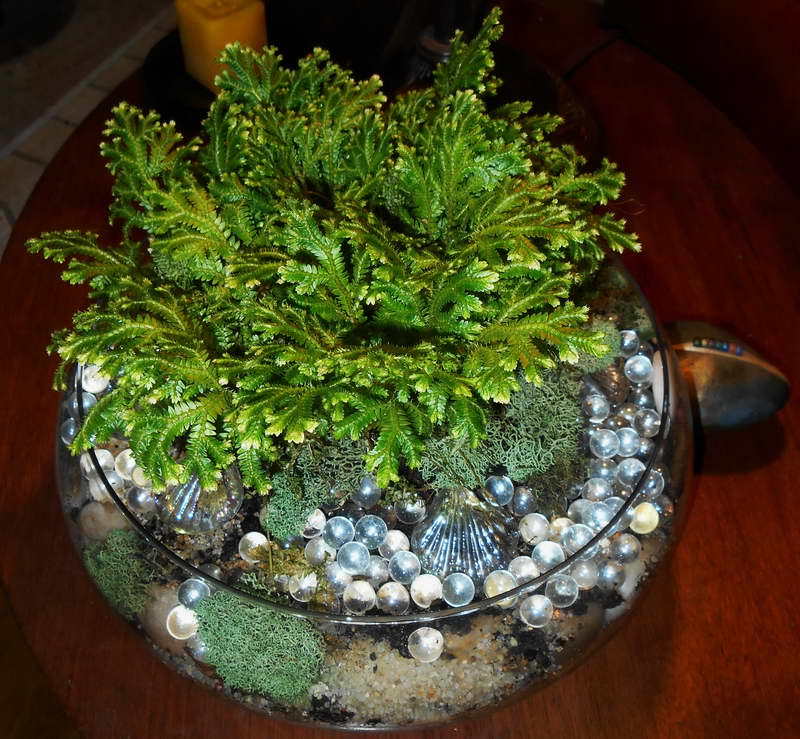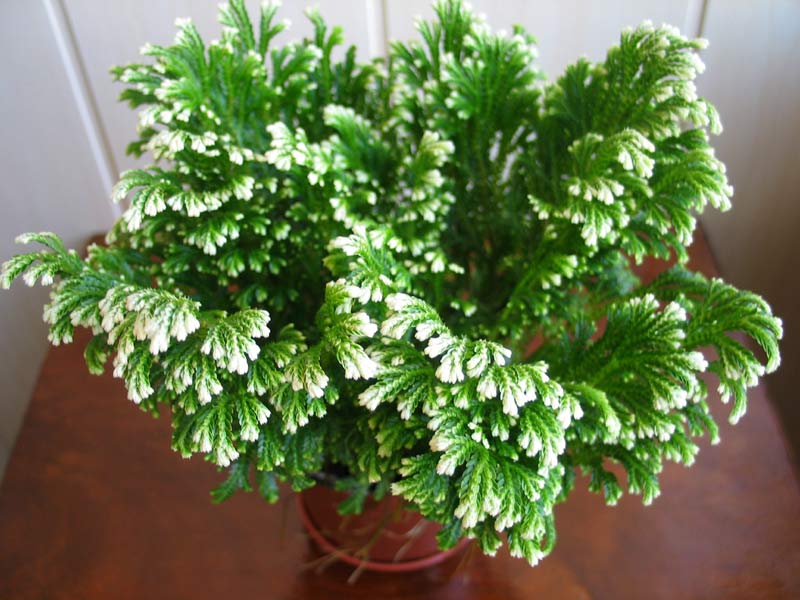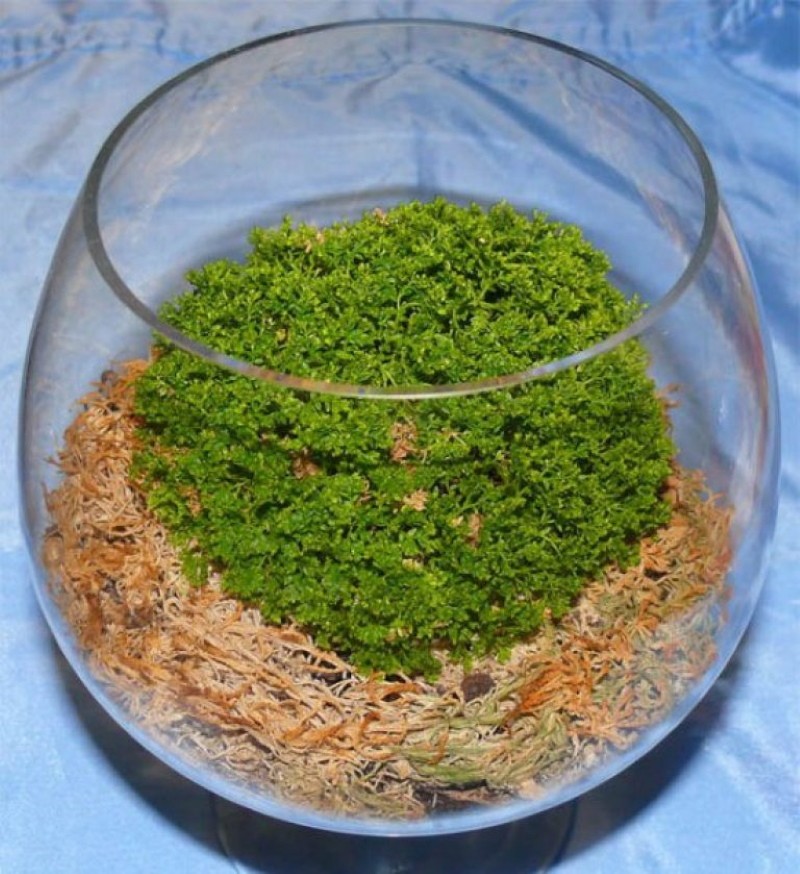A flower native to the era of dinosaurs - how to care for Selaginella at home
 From a distance, Selaginella looks like either a parsley bush, or a miniature fern, or even a lush bush herringbone. And all thanks to the unusual structure of the leaves, which can have both different shapes and colors. The heat-loving plant came to us from hot Africa, but knowing how to care for selaginella at home, you can grow an original "window sill" ground cover.
From a distance, Selaginella looks like either a parsley bush, or a miniature fern, or even a lush bush herringbone. And all thanks to the unusual structure of the leaves, which can have both different shapes and colors. The heat-loving plant came to us from hot Africa, but knowing how to care for selaginella at home, you can grow an original "window sill" ground cover.
What is Selaginella

Being a herbaceous ground cover, perennial selaginella grows in a low bush. But it grows long shoots, which spread to the sides, forming a thick carpet. Under natural conditions, their length can exceed 20 m. In indoor specimens, the branches are no more than 10 cm in length, because they are easy to control.
The main decoration of the bush is unusual and very small leaves. Their shape and color depend on the variety. Most species have needle-like leaves, but there are varieties with small round or spiral leaves. The bushes in which the leaves grow like fish scales, overlapping each other, look especially impressive. Moreover, their color can be green, variegated and even almost black.
Requirements of indoor ground cover for lighting and temperature
 On the one hand, it is easy to grow Selaginella, because it does not have a dormant period. Throughout the year, the bush continues to develop and does not require the creation of special conditions for rest.
On the one hand, it is easy to grow Selaginella, because it does not have a dormant period. Throughout the year, the bush continues to develop and does not require the creation of special conditions for rest.
But the plant is quite demanding to the microclimate and can only live in comfortable conditions, namely:
- moderate temperature, 20-22 ° С heat (some species are able to grow in a cooler room, up to 15-12 ° С heat);
- air humidity not less than 65%, but better at 85%.
Selaginella grows well in terrariums and aquariumslined with wet moss.
The only thing that the ancient plant has no requirements for is lighting. Since in nature Selaginella grows in the shade of trees that block the sun for her, she does not need much light in the house either. Moreover, the flower may well be content with artificial lighting and live in the back of the room.
How to care for selaginella at home
 In addition to the microclimate, it is also important to choose the right pot for the bush. Given that its root system is superficial, it is better to grow the plant in wide bowls. Clay and ceramics are the best options because they are resistant. As for the soil, it must be fertile and loose. A store-bought substrate for Saintpaulias or begonias will do.
In addition to the microclimate, it is also important to choose the right pot for the bush. Given that its root system is superficial, it is better to grow the plant in wide bowls. Clay and ceramics are the best options because they are resistant. As for the soil, it must be fertile and loose. A store-bought substrate for Saintpaulias or begonias will do.
Caring for an indoor ground cover consists of the following procedures:
- Water the bush often without letting the soil dry out. But do not fill it, so as not to rot the roots. Water should be filtered or rainwater, settled. Unlike lymphoids growing in natural conditions, indoor plants cannot adapt. They do not tolerate both underfilling and overfilling.
- Once a month, from spring to autumn, add liquid fertilizer for ornamental plants to the water when watering. This will help the flower grow lush and healthy.
- Spray frequently, especially during heating periods and hot summers.
- Transplant the bush only when it no longer fits in the flowerpot.
- If necessary, prune to give the plant a fuller and more regular shape.
Indoor Selaginella reproduces mainly by dividing the bush during transplantation. And you can also cut it off or separate the shoot, on which adventitious roots have already appeared. With their help, the plant receives moisture from the air, and also easily takes root.